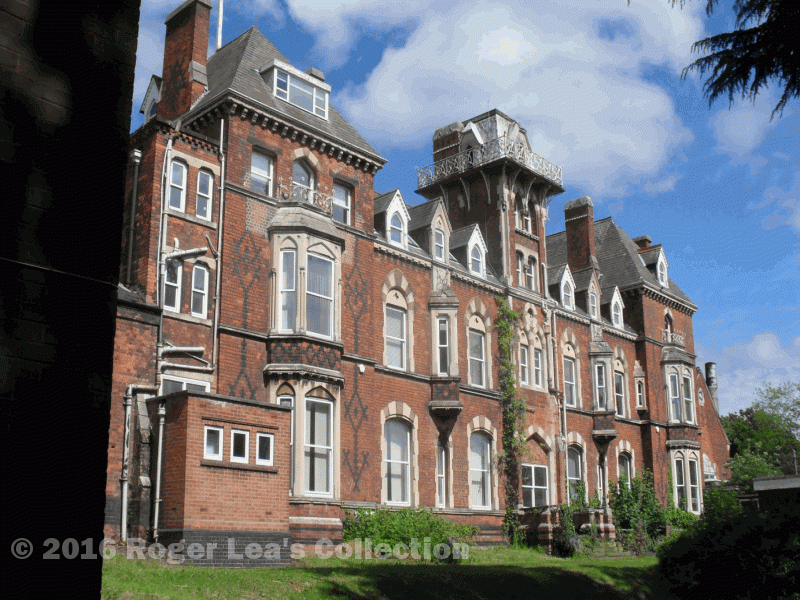A Select Committee of the House of Commons inquired into the merits of two proposed railway lines from the fourth to the seventh of July 1859. Witnesses from Sutton and Erdington came and testified, giving evidence in favour either the “Birmingham, Erdington and Sutton Coldfield Railway” or its rival the “Birmingham Erdington and Sutton Coldfield Railway Company (Western Line)”, known for short as the Eastern line and the Western line.
On the first day the MPs inquired as to whether a railway line to Sutton was needed at all. Among the witnesses were several tradesmen who argued that a railway connection would greatly benefit their businesses. Thomas Haywood, of Wyndley saw mills, said that he had to keep six carts and wagons to bring timber from the railway yard in Birmingham and then deliver the sawn planks to his Birmingham customers - it would be much cheaper and more convenient if the timber, which came by rail from Gloucestershire, could be delivered to a goods yard in Sutton.
It was a time when new houses were being built in the area for newly-rich Birmingham manufacturers, and two builders spoke of the materials they needed. John Greensall, a builder who employed ten men, said “Bath stone surpasses all others for villa residences”; the stone came from Box Tunnel in Wiltshire on the Midland Railway to Birmingham. Carriage from Birmingham to Erdington cost more than from Wiltshire to Birmingham. Greensall was a supporter of the Eastern line, which would have branched off the Midland Railway at Bromford Bridge, and he mentioned other materials that the Midland Railway could bring - Baltic timber imported at Hull, blue bricks, tiles and pipes from the works at Wilnecote near Tamworth, and lime from Derbyshire.
Another builder, Charles Machin, was a supporter of the Western line. He said that Walsall lime which would come on the Western Line from its junction at Aston with the London and North-Western Railway, was superior. Better-quality bricks and coal were to be had from the Walsall and Cannock Chase area. Another witness, Thomas Cox, variously described as a coal merchant, mould maker, iron merchant, and builder, who lived in a villa residence at Wylde Green, commented that Staffordshire bricks would be delivered at Sutton for twenty-one shillings a thousand instead of the twenty eight and sixpence he was paying.
Greensall thought that the eastern side of Birmingham Road would see the greatest development, being suited to grand villa residences in their acres of grounds, but Cox and Machin said that the land to the west, which was being set out in smaller plots, was where the great increase in house-building would come. They were proved right, but things may have been different if the House of Commons had chosen the Eastern line.
